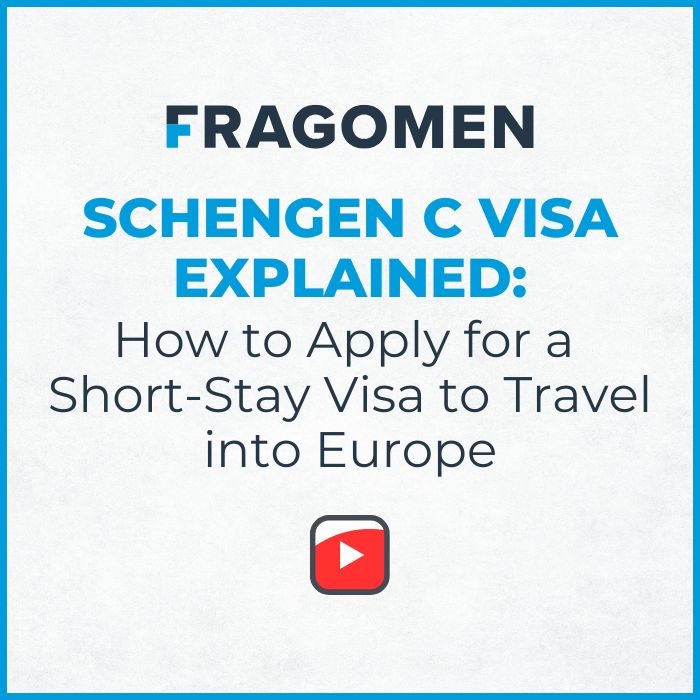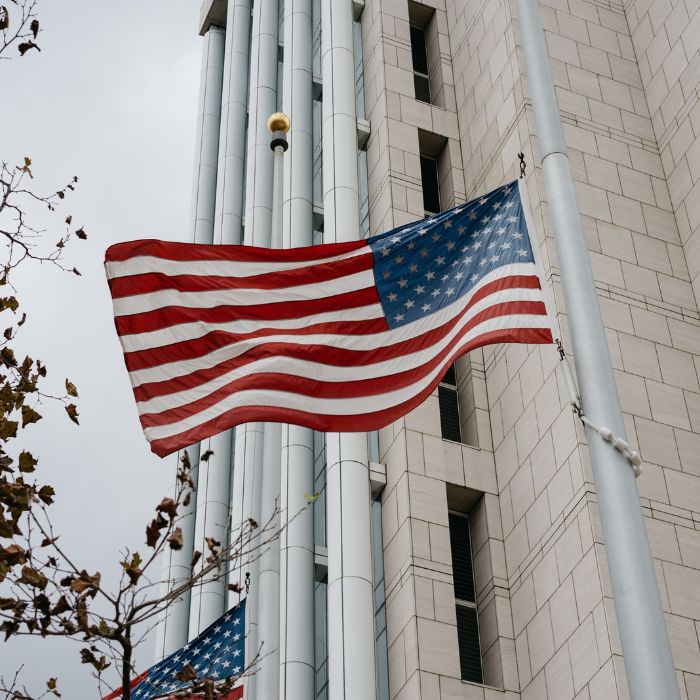The Struggle is Not Real: On the D-9 Visa
May 10, 2016
By: Angela de Guzman
The South Korean immigration process provides a sharp contrast to the often unpredictable immigration landscapes of other countries. When sought for immigration advice on more challenging jurisdictions, my explanation is deliberately awash with words of caution, never in excess. A walk through of the South Korea immigration process, however, can be traversed more light-heartedly as it has proven to be straightforward, efficient and stable. The accolades don’t end there. South Korean immigration rules have also proven flexible in a manner crucial for overseas companies which do not have a local presence in South Korea.
How can D-9 visa help companies without a presence in South Korea?
An inquiry we often receive is whether an overseas company without a presence in South Korea can send a foreign national to work there. Under the immigration laws of other countries, the overseas company’s lack of a locally-registered entity (in the country where corporate visa sponsorship is sought) is an outright showstopper, leaving the overseas company without recourse. But such is not the case in South Korea which allows, under specific conditions, visa sponsorship of foreign nationals by a Korea-based company (such as the overseas company’s Korea-based customer or supplier). This is made possible through the D-9 treaty trader visa, frequently used by companies in the oil & gas, shipbuilding, manufacturing, engineering, construction, and software industries which have a need to send skilled technical workers to Korean companies (the overseas company’s customer or supplier).
The D-9 visa is a long-term visa granted to an eligible foreign national who is being assigned to a Korean company (customer or supplier), with which the assigning overseas company has a major agreement for the supply or purchase of major industrial machinery and equipment or intangible products.
In a D-9 visa context, the foreign national would be performing such tasks as quality control, maintenance, installation and other related work for the machinery and equipment that are being supplied or purchased. Generally, a mere service agreement between the overseas company and the Korean company is not sufficient to pursue the D-9 visa, and there needs to be an underlying sale of major industrial machinery and equipment or major intangible goods (like enterprise software) for which the foreign national performs related services. This has discouraged overseas companies which only have a service agreement (and have not sold or bought any equipment or major intangible goods) from pursuing this visa further.
But this is a mere roadblock and not a dead end. Taking the D-9 visa’s flexibility even further, it is still possible for these companies to send foreign nationals on a D-9 visa if it is shown that the overseas company (with the service agreement) has a contract with the overseas prime contractor company that directly contracted with the Korean company to sell or buy machinery or equipment. It can then be explained to the immigration officer evaluating the D-9 visa application that the service component is part of a larger project involving sale or purchase of heavy equipment.
A case-by-case assessment would need to be made. By observation, overseas companies struggle with another setback – the hesitation of Korean companies to sponsor a foreign national on a D-9 visa. This happens when the Korean company is not clear on the extent of its responsibility as a D-9 visa sponsor and is apprehensive of perceived associated risks. Some Korean companies inexperienced in sponsoring D-9 visas equate, albeit erroneously, D-9 visa sponsorship with its companies employing the foreign nationals. It must be clarified that, in a D-9 visa context, the foreign national is merely temporarily seconded to the Korean company. There is no employment relationship created between the two parties; the foreign national remains an employee of the overseas sending company.
In fact, nowhere is an employment agreement between the Korean company (which acts as D-9 visa sponsor) and the foreign national (the D-9 visa holder) required to be submitted to the immigration office as part of the D-9 visa application. I am yet to see a case where the Korean company pays the salary of the D-9 visa holder whose payroll always remains with the overseas company. This is telling of the absence of an employer-employee relationship between the Korean company and the foreign national.
Taking these points together, from an immigration perspective, the risk assumed by Korean companies as D-9 visa sponsors is generally not significant. While it extends some degree of flexibility, the D-9 visa should not be viewed as the default visa in all cases where an overseas company does not have a local presence in South Korea. It is our policy not to pursue visas out of convenience when eligibility has not been established.
That being said, overseas companies should recognize the D-9 visa for the viable option that it is. Korean companies must not hesitate to sponsor D-9 visas where its businesses stand to benefit from the expertise of eligible foreign nationals. When things come to light, it is clear that the concerns around the D-9 visa were more presumed than real. Shall you have questions on or require assistance with South Korean immigration, please contact us at apccinitiations@fragomen.














